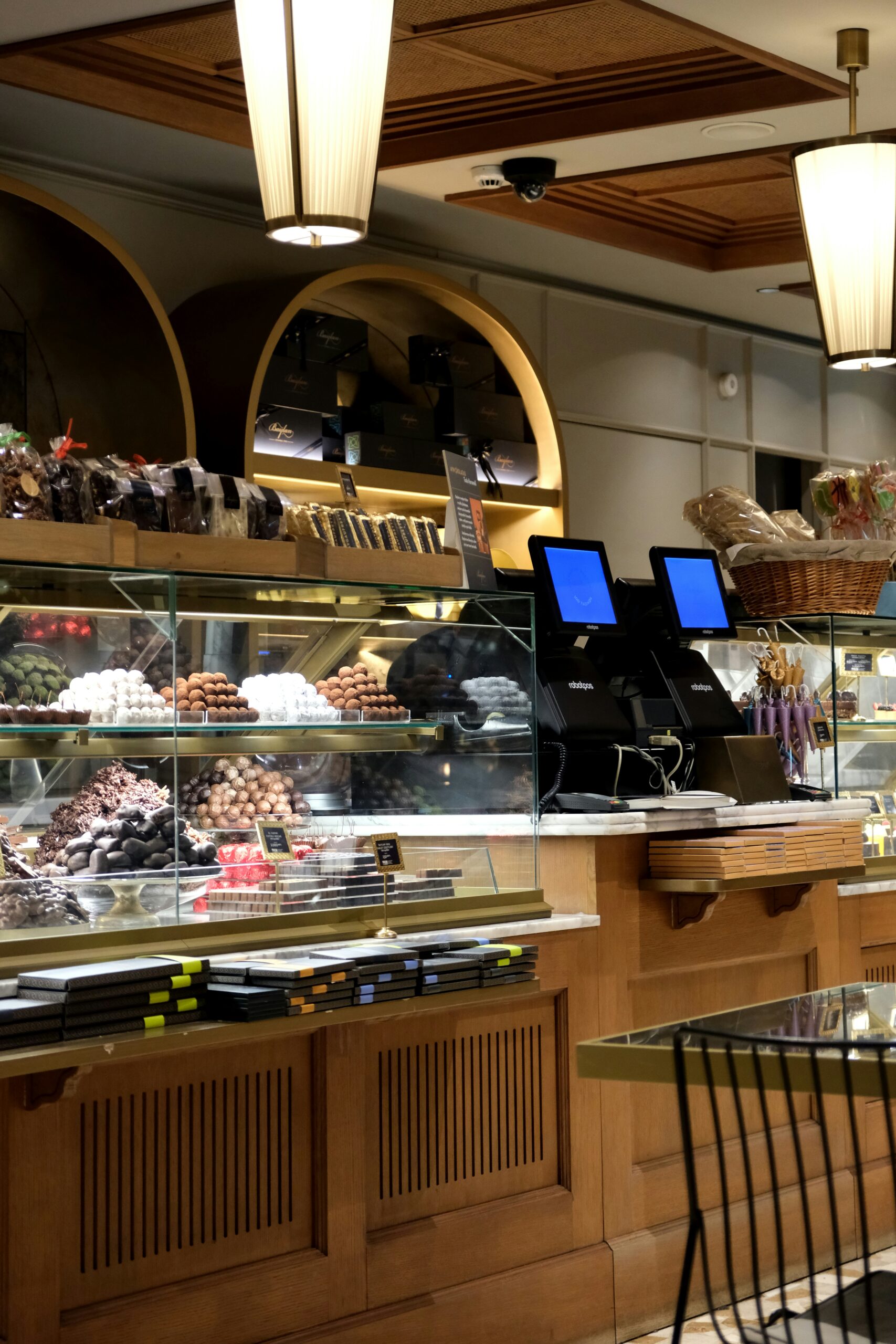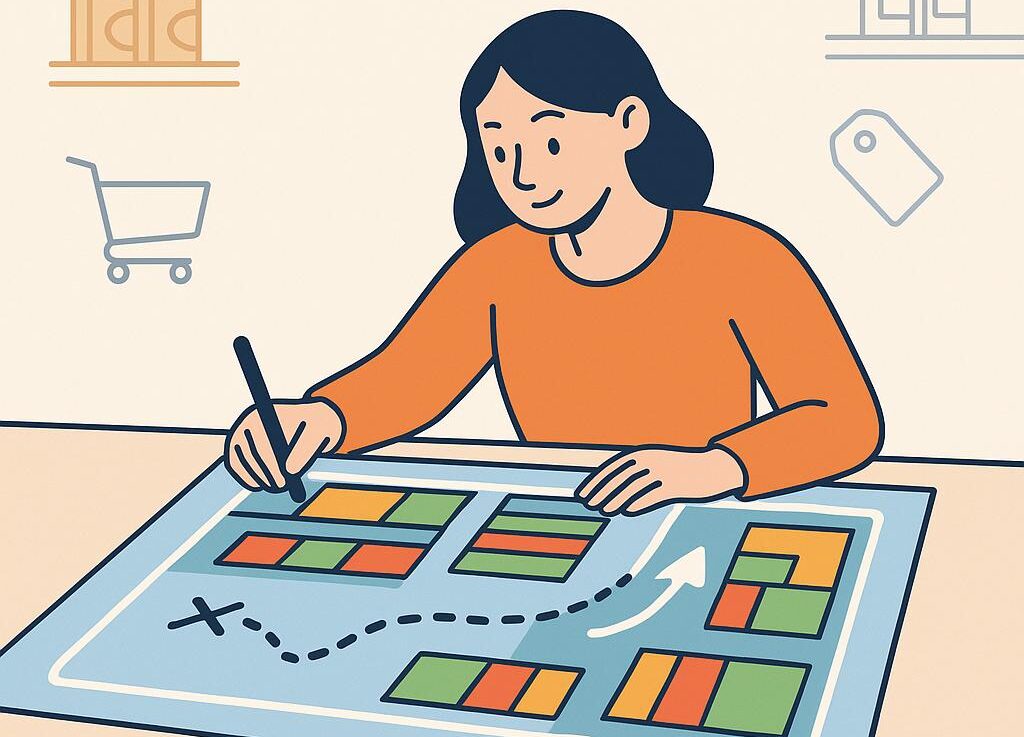
Product placement in stores isn’t just about where items are located, it’s a well-planned strategy that guides how customers shop, what they see first, and what they ultimately decide to buy. When done right, product placement in stores can shape the entire shopping experience. It influences how long a prospective customer stays in your store, how long they may linger, which items catch their attention, and ultimately what they are willing to buy.
No matter what type of retail business you run—whether it’s a small boutique, a high-end retail space, or a specialty shop, your store layout plays a key role in driving sales for your business. With the right setup, you can shine a spotlight on high-margin products, introduce new arrivals in a memorable way, and even boost impulse purchases simply by placing the standout items in the right places.
In addition, smart product placement in stores helps create a smoother and more enjoyable experience for your shoppers. When customers can easily find what they’re looking for, they’re more likely to return. And when your displays feel thoughtful and organized, it builds trust in your brand.
In the following article, we’ll explore how thoughtful product placement in stores combined with effective visual merchandising tools from shopPOPdisplays—can completely transform the way customers engage with your products. Along the way, we’ll share helpful tips, proven strategies, and must-have solutions that can make a noticeable difference in your store’s performance. With the right tools and a little planning, you can create a retail space that looks great, sells more, and keeps your return on investment steadily growing.
The Psychology Behind Product Placement in Stores
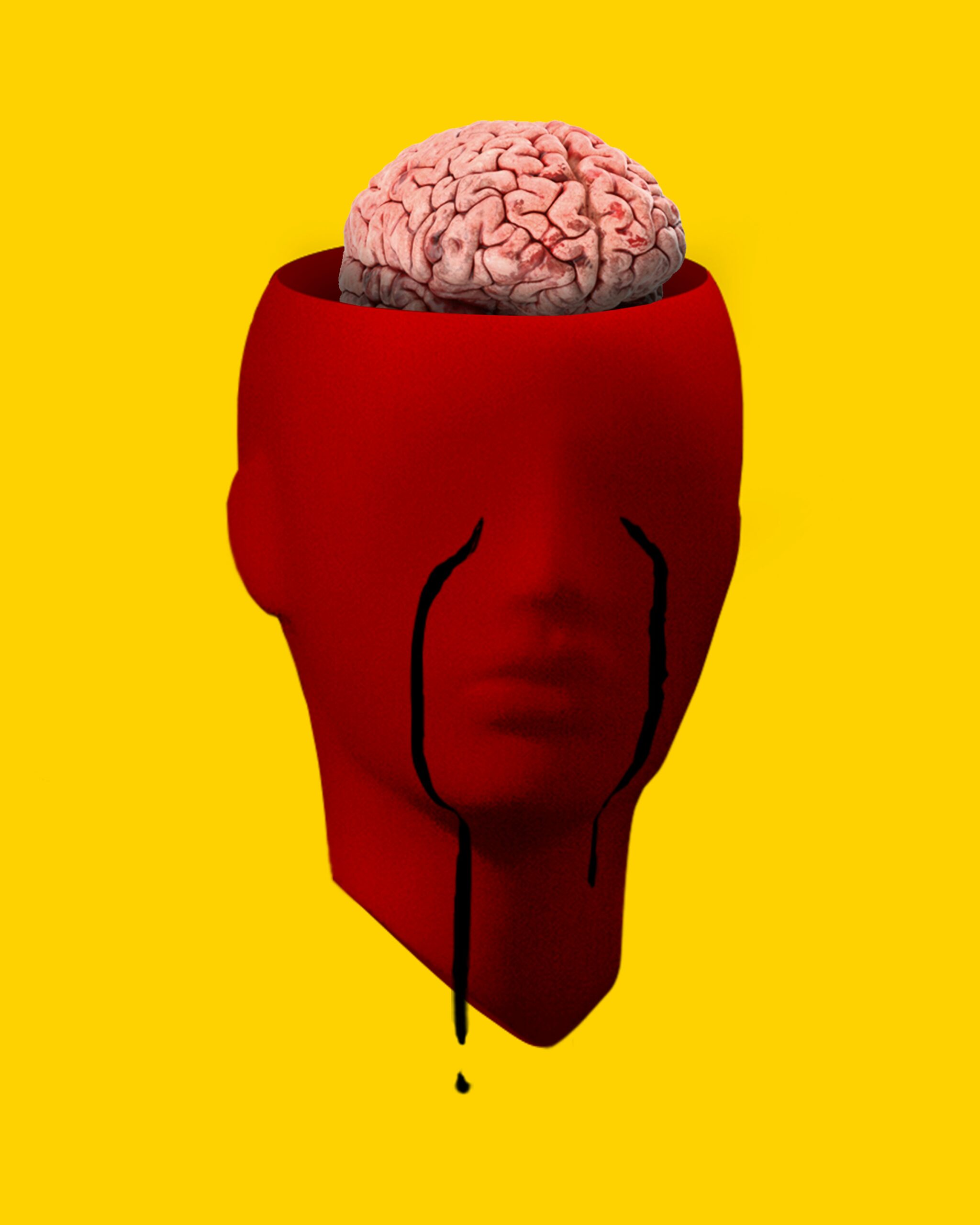
While shoppers may not follow a predictable path through a store, they are guided by visual cues. From the moment they enter, your layout, signage, and displays begin to silently (or enticingly) guide them. Therefore, having an understanding of customer flow and product visibility is essential to increasing time in-store and, ultimately, boosting the average transaction size and likelihood of a repeat consumer. Smart product placement in stores can allow your shoppers to have a smoother experience from entering your shop all the way to the checkout counter.
Create Natural Flow with Strategic Layouts and Endcaps
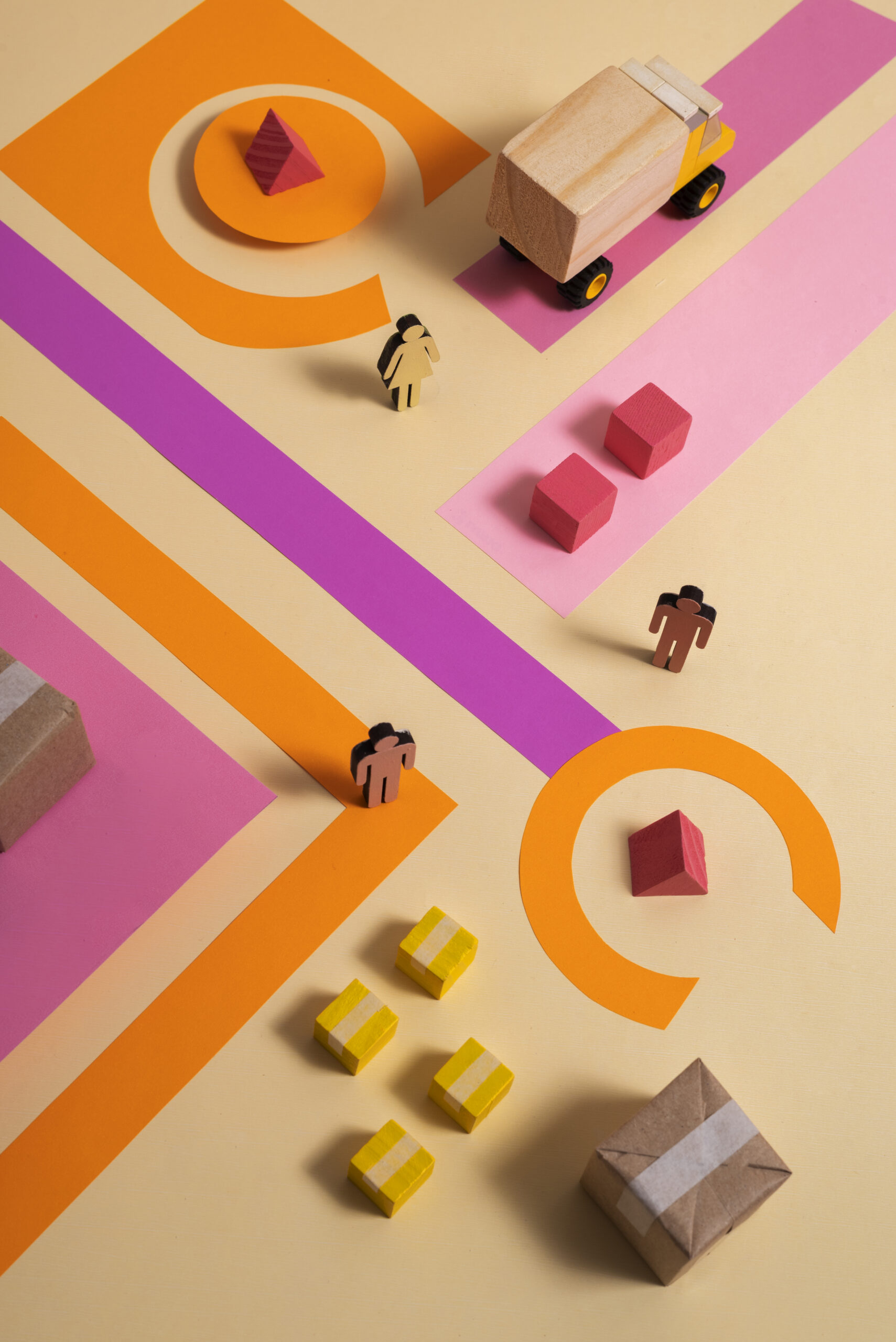
To start with, guide customers on a uniquely curated journey by mapping out a clear path through your store. Then, use shopPOPdisplays’ versatile endcap displays and pedestal display stands—prime real estate at the end of aisles—to feature seasonal items, limited-time sales, exclusive promotions, or new arrivals. Because these are high-traffic zones, they’re ideal for products that benefit from extra attention and, therefore, help encourage a thought leader identity for your unique brand.
Additionally, place fast-moving or popular items toward the back to encourage browsing past higher-margin merchandise along the way. To maximize visibility, consider using shopPOPdisplays’ clear acrylic signage holders, display risers, and literature holders to highlight complementary smaller accessories and promotional materials. Furthermore, strategically placed chalkboard signs can draw attention to special deals or new arrivals, thereby increasing the chances of add-on purchases and enhancing the overall shopping experience.
Elevate Bestsellers with Eye-Level Displays
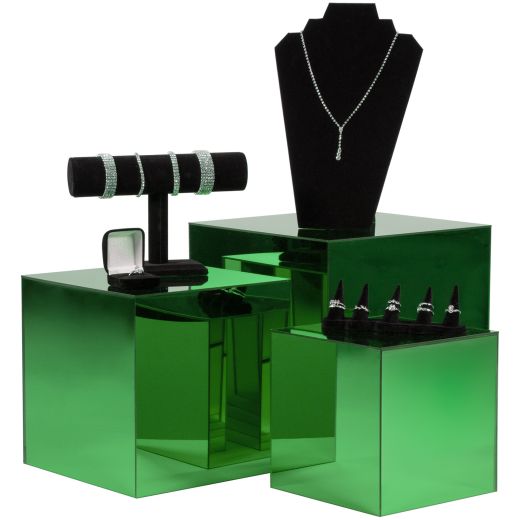
There’s a reason the phrase “eye-level is buy level” exists. It’s been proven time after time that customers are more likely to grab what’s right in front of them or what shows up in front of them. Position your bestsellers or high-margin items at eye level, especially in key areas like entrance zones and central aisles that are obvious focal points for your shop.
Pro Tip: Use shopPOPdisplays’ display risers and tiered basket displays to bring products into prime view, especially smaller items that can get lost on crowded shelves. Additionally, for specifically exclusive items, display pedestals from shopPOPdisplays to let that key item singularly stand out and become a focal point.
Use Clear Signage to Direct and Convert
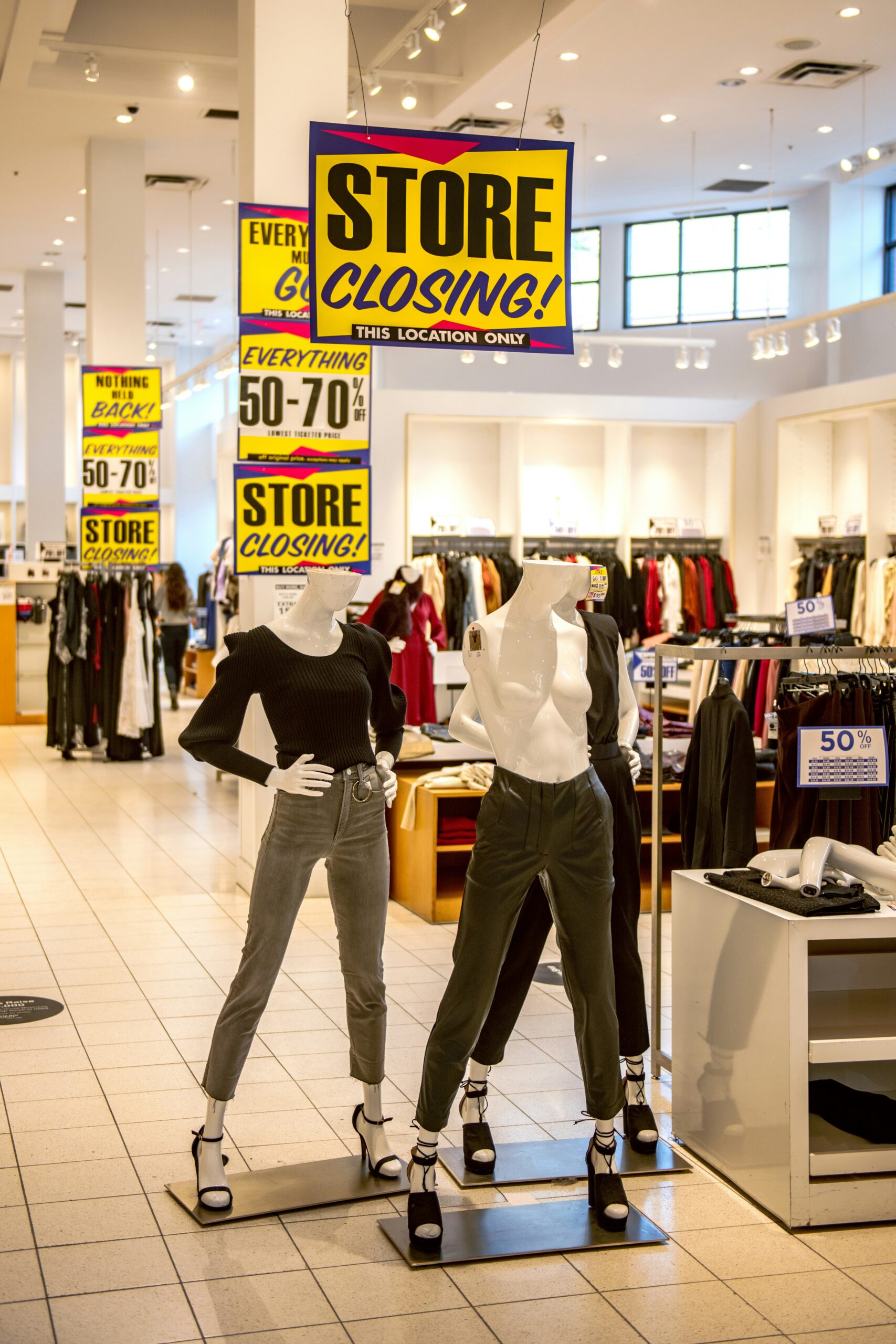
Visual cues are essential for navigation and persuasion. Clear acrylic signage holders from shopPOPdisplays can help elegantly highlight promotions, pricing, and product features without distracting from your merchandise. Use signs to group products, tell a story, or cross-promote related items.
Pro Tip: To subtly encourage purchases, strategically place signs—especially those highlighting exclusive offers like 10% off your first purchase—at key decision points such as shelf ends or checkout areas. This way, you catch customers right when they’re most likely to act.
Incorporate Impulse Buys at Checkout and Transition Zones
Transition zones in stores are an integral part of customer impulse decisions. Checkout counters and store entry/exit points are ideal for small, easy-to-grab products. Use dump bins, basket displays, acrylic trays, countertop risers, or pedestal displays to spotlight last-minute add-ons that would otherwise be missed.
Protip: To keep your store experience engaging and dynamic, consider rotating products on a weekly or biweekly basis. This simple, yet effective strategy helps your space feel fresh and evolved, which encourages customers to return regularly just to see what’s new and keep up with your trend-setting inventory. In addition, regularly updated displays create a sense of discovery and excitement, making the shopping experience more memorable.
More importantly, merchandise should feel like a limited-time opportunity. When customers believe an item might not be available next time, they’re far more likely to make an immediate purchase. By tapping into that sense of urgency and the fear of missing out, you can significantly boost impulse buys and overall sales.
Measure, Tweak, and Repeat
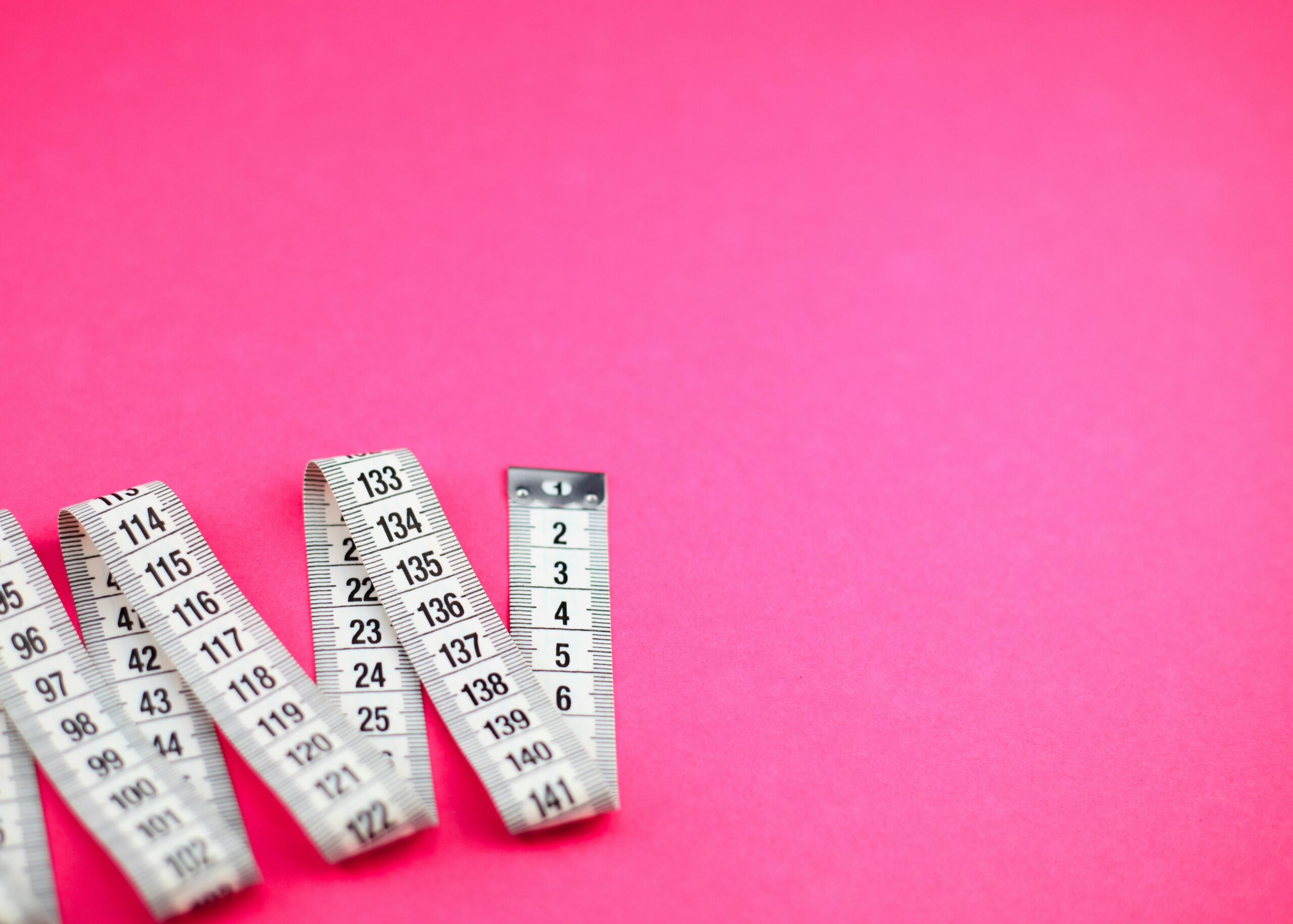
Keep in mind that effective product placement in stores is not a “set-it-and-forget-it” strategy—it’s an ongoing process that demands continuous evaluation, refinement, and creativity. What worked last season may not have the same impact today, especially as consumer preferences and shopping behaviors evolve. To stay ahead, it’s important to regularly analyze sales data and closely observe how customers interact with your displays. Pay attention to high-traffic areas, product dwell times, and points of hesitation. These insights can help pinpoint what’s resonating with shoppers and where adjustments might be needed.
With that foundation, adopt a strategic mindset when experimenting with visual merchandising. Trial and error can be a powerful tool—testing different product groupings, signage styles, or display layouts can reveal unexpected patterns and preferences that drive engagement and boost conversions. Consider assigning a dedicated team member to oversee your store’s visual merchandising efforts. Their role could include creating and managing a store layout plan that tracks the placement of major products throughout different time periods—whether weekly, monthly, or seasonally.
Map Out Your Product Placement in Stores
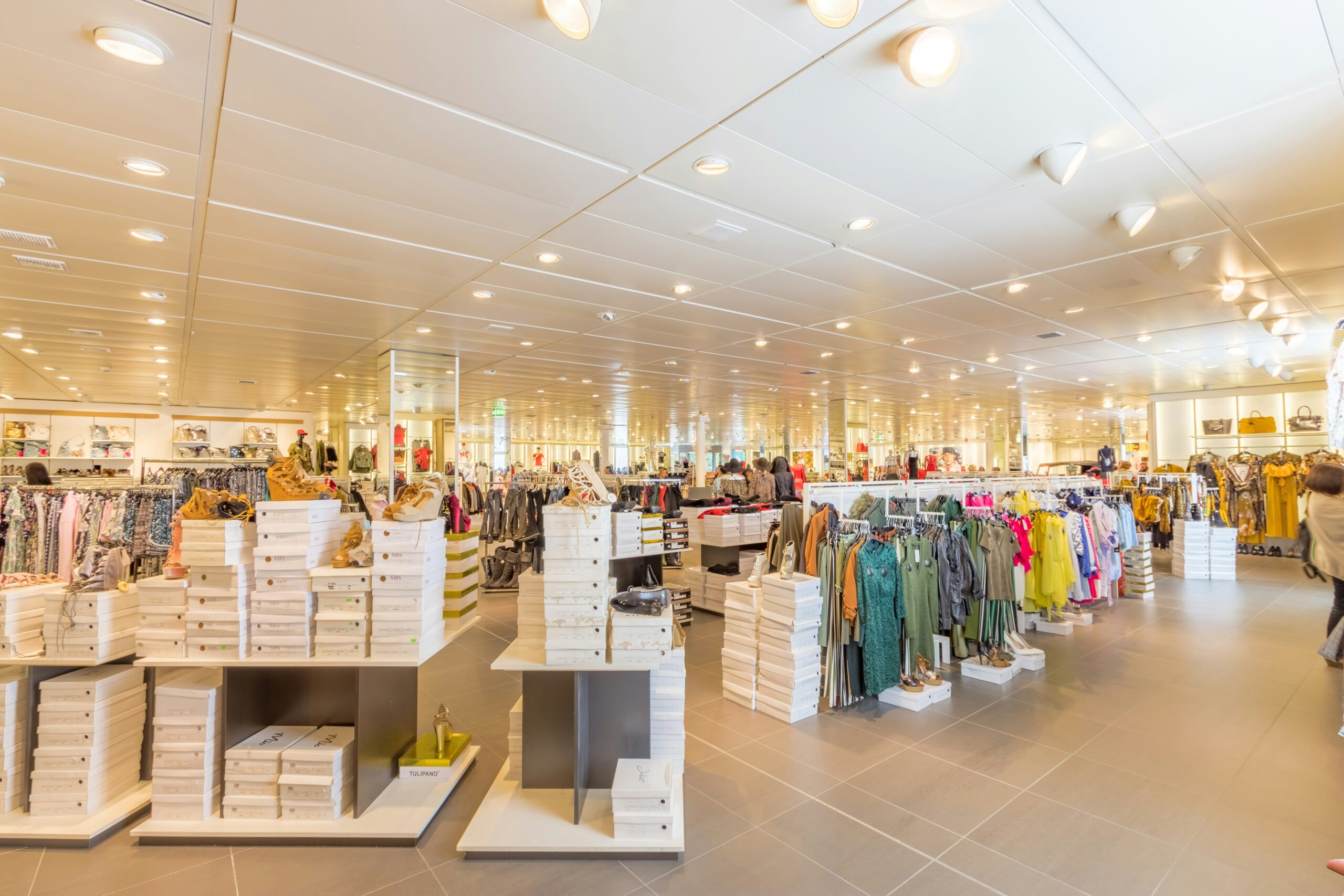
By mapping this out alongside your sales performance data, you can start building and archiving a visual reference library of what’s been effective and what hasn’t. Over time, this blueprint becomes a valuable internal resource, helping inform smarter, data-backed decisions for future display changes and promotional strategies. It also helps save time over time because successful strategies have been archived and can be slightly tweaked without having to start from scratch each promotional season.
To maintain momentum, ensure every part of your store is refreshed frequently. And if you discover a specific spot that consistently performs well—whether due to lighting, foot traffic, or visibility—be sure to reserve it for high-value or promotional products. Ultimately, don’t shy away from rearranging. Even small changes in layout or display can lead to meaningful improvements in customer engagement and sales.
Final Thoughts on Product Placement in Stores
Mastering product placement in stores begins with understanding your shoppers and ends with using the right strategies and tools. To guide customers through an intentional, engaging journey, it’s not just about product placement, it’s about creating a captivating shopping environment that subtly encourages exploration, builds interest, and ultimately leads to purchases. This means recognizing customer patterns, identifying high-traffic zones, and aligning your store’s layout with your customers’ behaviors and needs.
By combining thoughtful strategic floor plans with attention-grabbing signage, purposeful display arrangements, and a data-informed approach, you can create an immersive retail experience that turns casual browsers into loyal, reoccurring buyers. Every fixture and focal point should work in harmony to support your visual merchandising goals, leading the customer’s eye, promoting key items, and making navigation intuitive and effortless.
If you’re looking to elevate your store’s effectiveness and visual appeal, now is the perfect time to rethink your setup. Explore shopPOPdisplays’ extensive catalog of high-quality retail displays and store fixtures, risers, signage holders, display pedestals, and display boxes and cases that are all designed to help you enhance your retail strategy with professional-grade tools and display options that perform.


